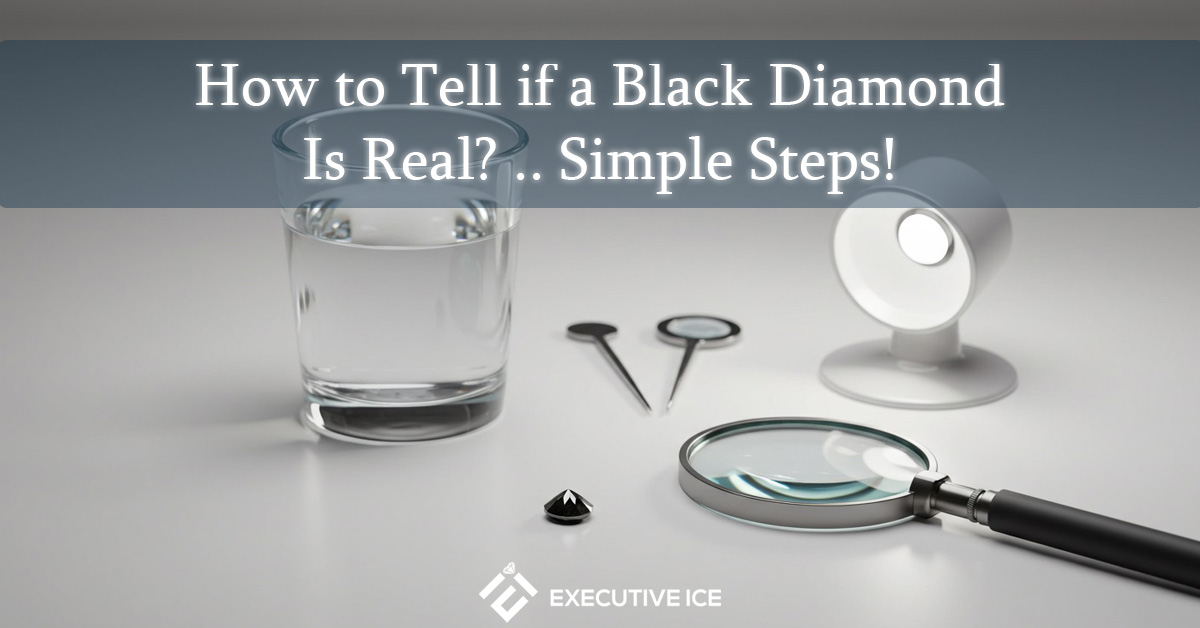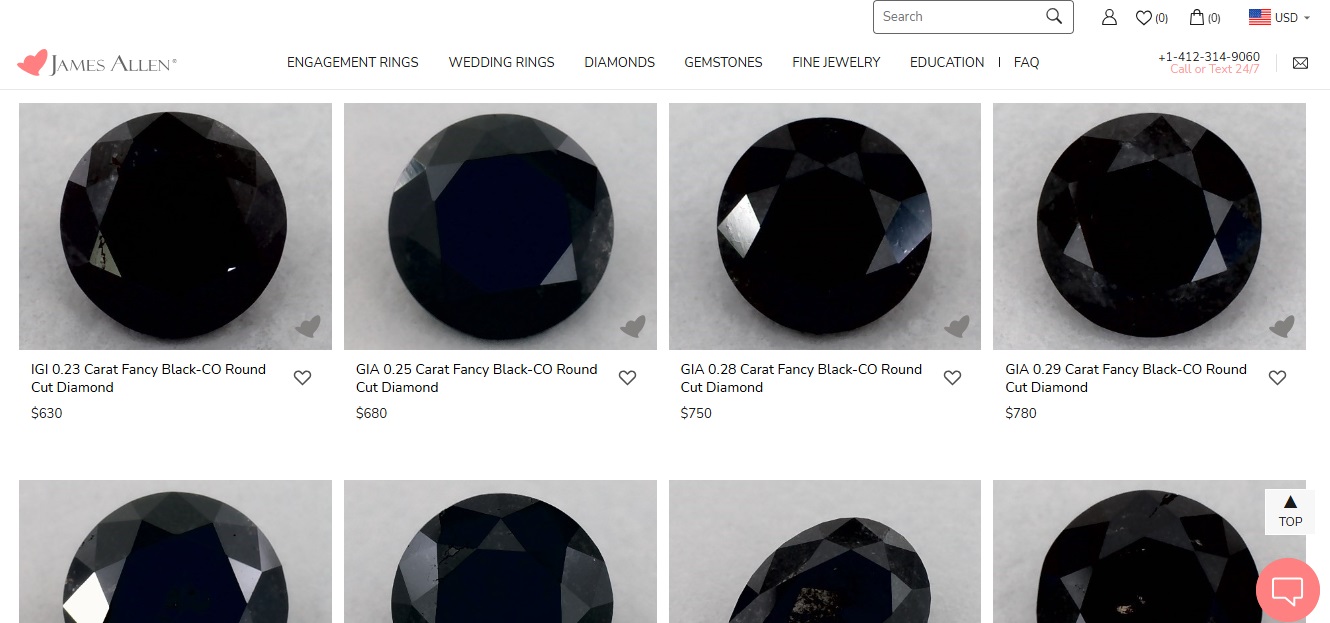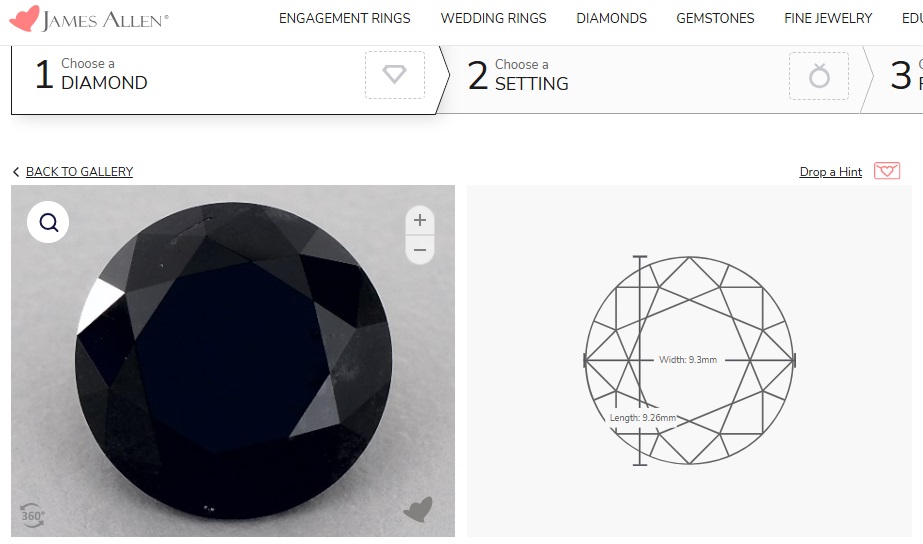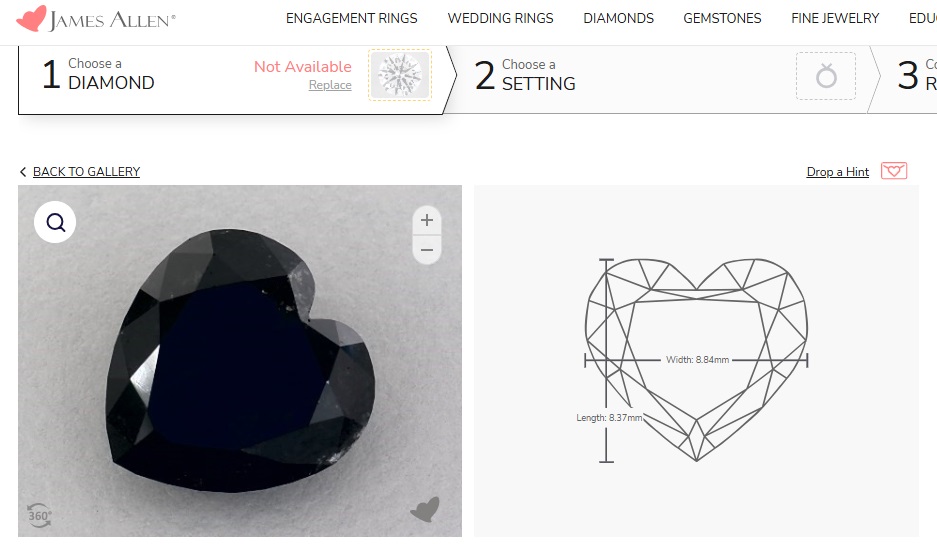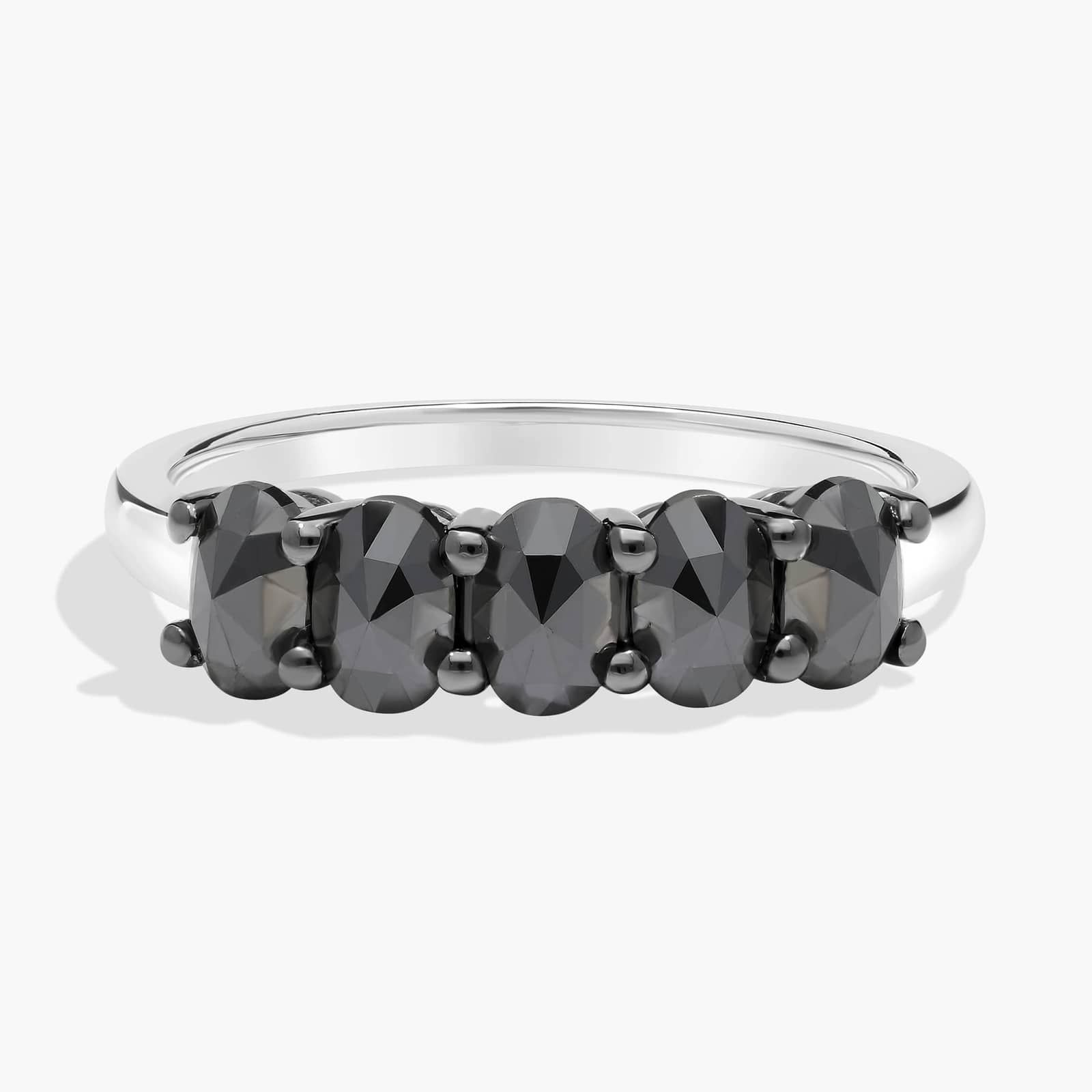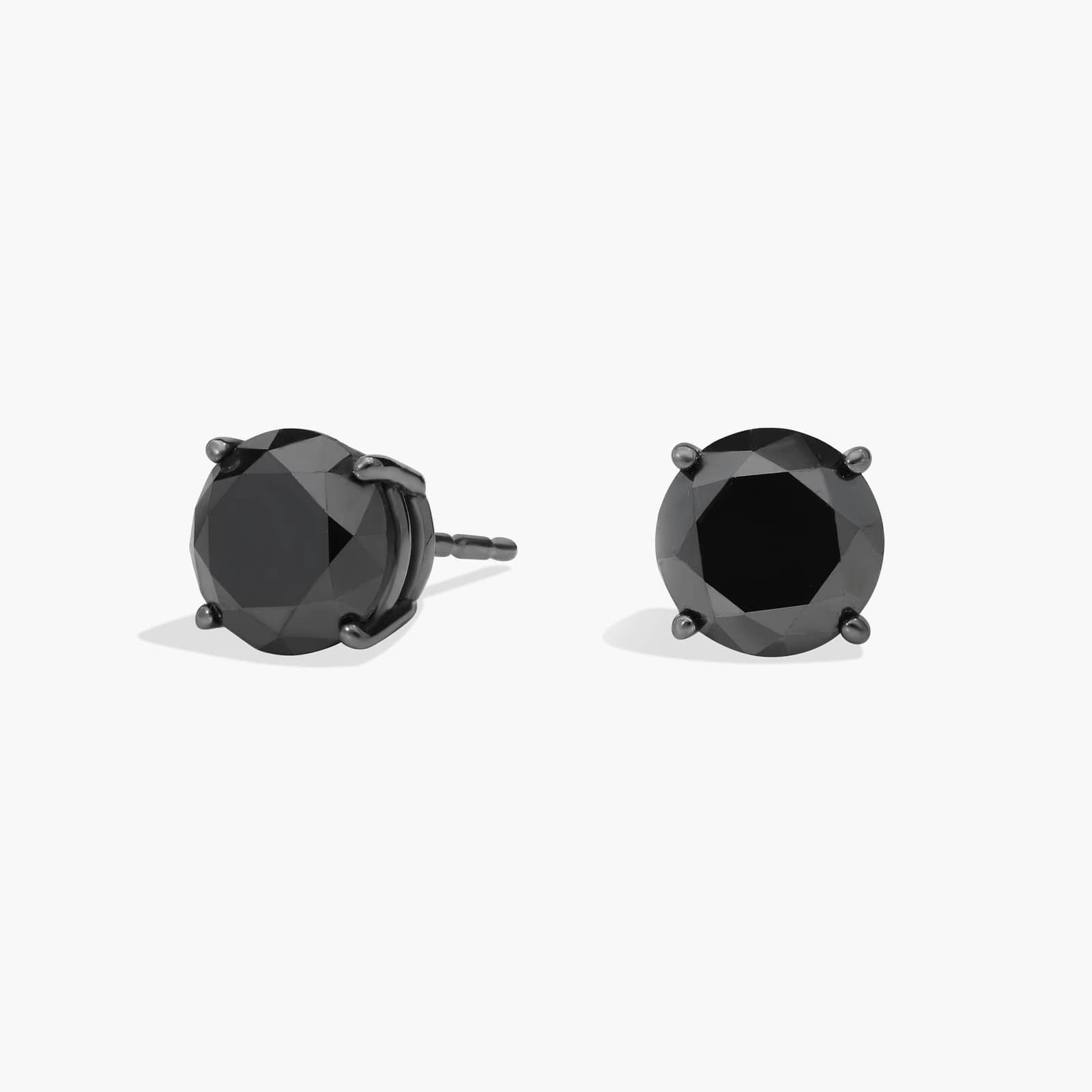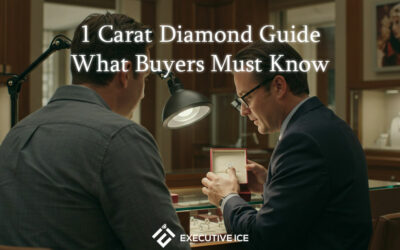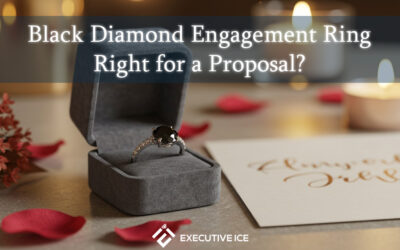How to Tell if a Black Diamond Is Real might sound tricky at first, but with a few simple steps, you can spot the difference between a real gem and a fake one.
Black diamonds are unique, they don’t shine the same way white diamonds do, and that can make them harder to judge just by looking.
➡ In this article:
You’ll learn easy ways to check black diamond authenticity at home, what signs to look for, and when it’s smart to get help from a professional.
➡ We’ll also:
Explain why buying from trusted stores can save you a lot of guessing.
Whether you already own a black diamond or you’re planning to buy one, this guide will help you feel more confident about knowing what’s real.
Quick Signs to Spot a Real Black Diamond
Before you grab a magnifying glass or rush to a jeweler, you can often spot clues about a black diamond’s authenticity just by looking carefully.
Here are a few simple things to check:
-
Look at the Surface
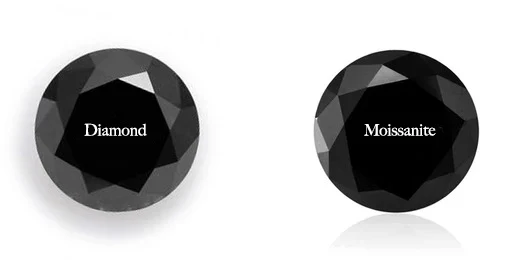
A real black diamond usually isn’t perfectly smooth.
It often has tiny natural marks or lines, because black diamonds have lots of internal inclusions.
If the surface looks too perfect and glassy, it might be a fake stone like black moissanite or cubic zirconia.
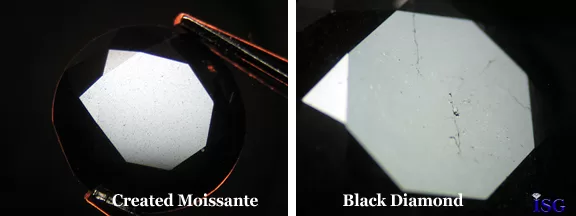
-
Notice the Shine
Real black diamonds don’t sparkle like white diamonds.
Instead of flashing rainbows, they have a more metallic or glossy shine.
If the stone is super sparkly with lots of colorful flashes, it could be an imitation.
Genuine black diamonds are deep black, but sometimes they can have slightly uneven tones when you move them in the light.
If the color looks completely flat and painted on, it might be a treated stone or a fake.
These quick checks won’t give you a 100% answer, but they’re a great way to spot early warning signs before you dig deeper with testing!
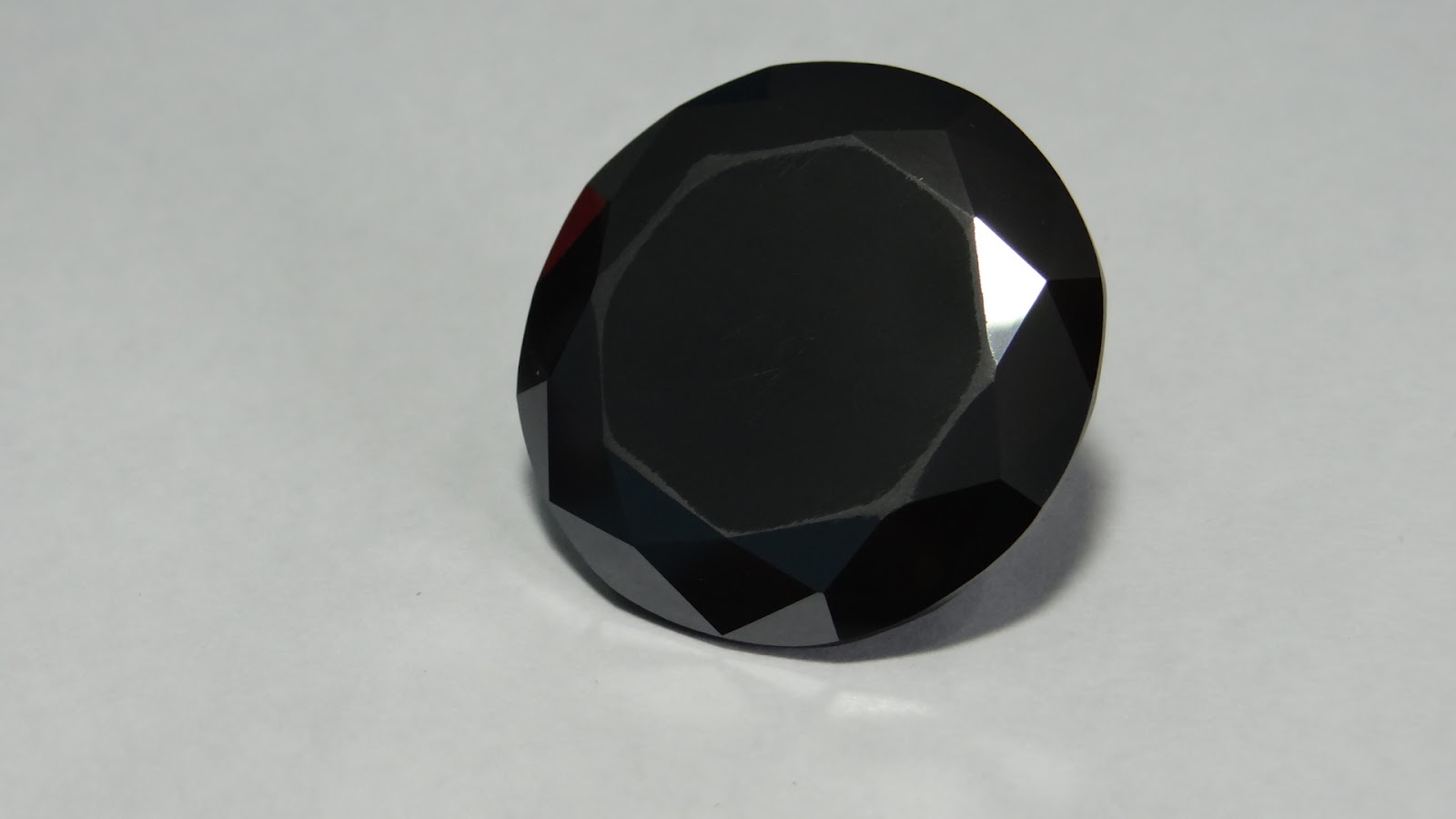
Image by Tristha from Wikimedia Commons
How to Test a Black Diamond at Home?
If you want to do a few easy checks before going to a jeweler, there are some simple ways to test a black diamond at home.
You don’t need fancy tools, just a little patience and a good eye!
1. Water Drop Test
Place the diamond gently in a glass of water.
A real black diamond is dense and heavy, so it should sink quickly to the bottom.
If it floats or sinks very slowly, it could be fake.
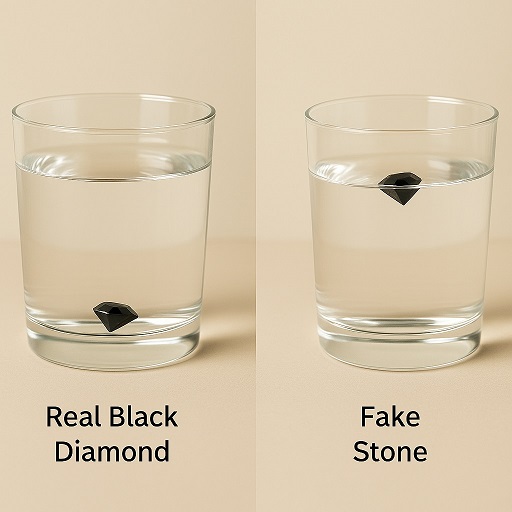
Note: Image is for illustrative purposes only.
2. Fog Test
Hold the diamond close to your mouth and breathe on it like you’re trying to fog up a window.
A real black diamond should clear up almost instantly because diamonds don’t hold heat well.
If the fog stays for a few seconds, it’s probably not a real diamond.
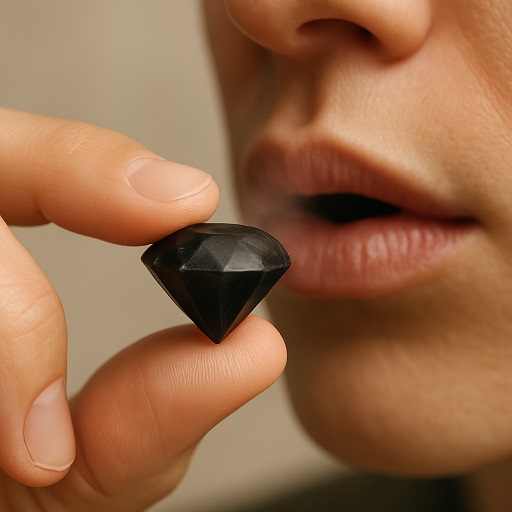
Note: Image is for illustrative purposes only.
3. Scratch Test (Use Carefully)
Diamonds are one of the hardest materials on Earth.
If you gently scratch a piece of glass with the diamond and it leaves a scratch mark, it might be real.
Be careful: This method can damage the fake stone or the glass, so use it as a last resort, and only with caution!
These quick tests can give you good hints about whether you’re looking at a genuine black diamond.
But for a 100% sure answer, it’s still smart to get a professional check (which we’ll talk about next!).
You might be interested in:
How Much Are Black Diamond Earrings? See Prices
Professional Methods for Verifying Black Diamonds
While home tests are helpful, if you really want to be sure a black diamond is real, a professional jeweler has special tools and skills to check it properly.
Here are a few ways they do it:
1. Loupe Inspection
- A loupe is a tiny magnifying glass that jewelers use to see small details.
- A jeweler will look for natural flaws, tiny lines, or inclusions inside the diamond.
- Real black diamonds often have lots of natural inclusions, while fake stones tend to look too perfect.
2. Thermal Conductivity Test
- Diamonds conduct heat differently than other stones.
- Jewelers use a special tool that touches the diamond and checks how quickly it moves heat away.
- A real diamond (even a black one) will move the heat fast and pass the test.
3. Electronic Diamond Tester
- This device measures how well electricity moves through the stone.
- Real diamonds, including black ones, react differently than fake materials like moissanite or glass.
These professional tests are quick, accurate, and safe.
If you want full confidence about your diamond’s authenticity, visiting a trusted jeweler is the best next step!
Certification: Why It Matters for Black Diamond Authenticity?
If you really want to be sure that your black diamond is real, and not just treated or fake, getting a certification is super important.
-
What Is a Certification?
- A certification is an official document from a trusted gem lab, like GIA (Gemological Institute of America).
- It’s like a birth certificate for your diamond.
- It tells you exactly what the stone is, whether it’s natural or treated, and important details like its weight, cut, and quality.
-
Why Certification Matters?
- Proves Authenticity: A certified black diamond has been tested and confirmed by real experts.
- Protects Your Money: You’re less likely to overpay or accidentally buy a fake if you have certification.
- Easier to Resell: If you ever want to upgrade or sell your diamond later, a certificate makes it much easier and more trustworthy.
- Gives You Confidence: You’ll know exactly what you’re getting, with no surprises.
Without certification, you’re just trusting the seller’s word, and that can be risky.
Always look for diamonds that come with a certificate from respected labs like GIA, IGI, or AGS to make sure you’re getting the real deal!
Common Characteristics of Genuine Black Diamonds
Real black diamonds have some unique traits that help set them apart from fakes—even if they don’t sparkle like white diamonds.
👉 Here’s what to look for:
1. Visible Inclusions
- Black diamonds are full of natural flaws called inclusions—and that’s totally normal.
- These tiny marks or lines give the stone its dark color and are easy to spot, even without a microscope.
- If a black diamond looks too perfect, it might be lab-treated or fake.
2. Heavier Weight
- Real diamonds, including black ones, are dense and heavy.
- A genuine black diamond will often feel heavier than a fake one of the same size, especially compared to materials like glass or cubic zirconia.
3. Light Absorption (Not Sparkle)
- Unlike white diamonds that reflect rainbow sparkles, black diamonds mostly absorb light.
- They give off a subtle, glossy shine, think of it like a soft glow rather than a sparkle.
4. Natural Surface Texture
- The surface of a real black diamond is usually not super smooth.
- It might have a slightly rough or grainy feel because of how it’s formed.
- Fake stones often feel like perfect glass, slick and flawless.
Knowing these traits makes it easier to spot a genuine black diamond, especially when you’re comparing it to lookalikes.
The little imperfections are often the biggest clue that what you’re holding is real.
You might be interested in:
Black Diamond Engagement Ring: Right for a Proposal?
Real vs Fake Black Diamond: What’s the Key Difference?
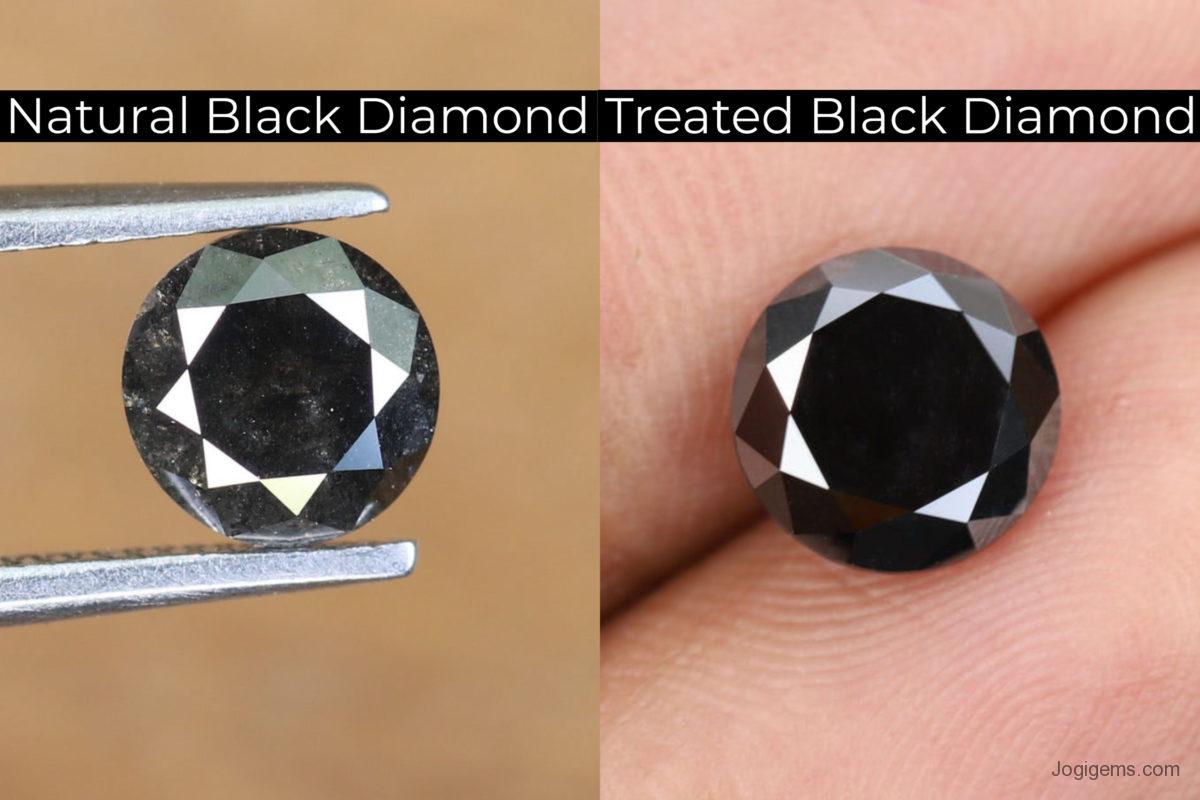
Image Source: jogigems
When you’re trying to tell if a black diamond is real or fake, knowing the key differences can make a big difference.
➡ Here’s what you should know:
-
Natural Black Diamonds
- Formed by nature deep underground over millions of years.
- Have lots of natural inclusions (tiny flaws) that give them their dark color.
- Absorb light instead of sparkling with colorful flashes.
- Feel heavy and dense when you hold them.
- Can come with certification from trusted labs like GIA.
-
Fake Black Diamonds (Like Black Moissanite or Treated Stones)
- Black Moissanite looks similar but usually has more sparkle and can appear almost too perfect.
- Treated Black Diamonds are real diamonds, but they start as low-quality white diamonds and are heated or irradiated to turn black.
They are cheaper but not the same as naturally black diamonds. - Some fakes are glass or synthetic stones that feel lighter and look shinier or glossier than real diamonds.
-
The big clue?
- Real black diamonds have a natural, slightly imperfect look and a smooth, deep glow, not a bright, rainbow-like sparkle.
- Fakes often look a little too perfect, too shiny, or too light when you hold them.
When in doubt, a professional jeweler or a proper certification can quickly clear up whether a black diamond is real or not!
Trusted Places to Buy Authentic Black Diamonds
When it comes to buying a real black diamond, choosing where you shop is just as important as knowing how to test the stone.
Trusted retailers make the whole process much safer and more straightforward, especially when they offer certification from respected labs like GIA (Gemological Institute of America).
James Allen is a well-known online retailer that offers a wide range of certified black diamonds.
Every diamond is carefully inspected and comes with a GIA certificate to guarantee authenticity and quality.
➡ For example:
This 3.82 Carat Round Black Diamond is a bold and elegant choice.
The Diamond Certificate 👇
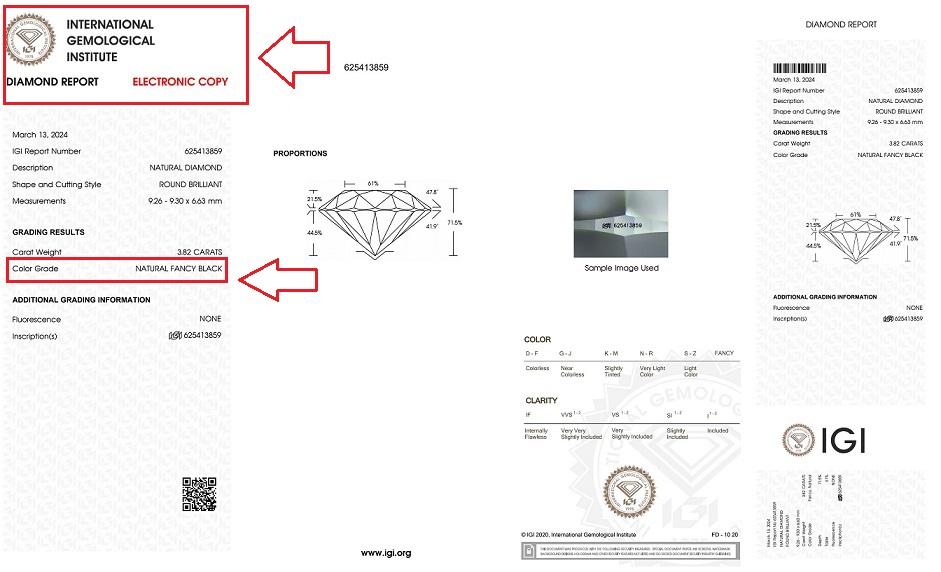
This 3.02 Carat Heart-Shaped Black Diamond offers something truly unique for a romantic proposal or special gift.
The Diamond Certificate 👇
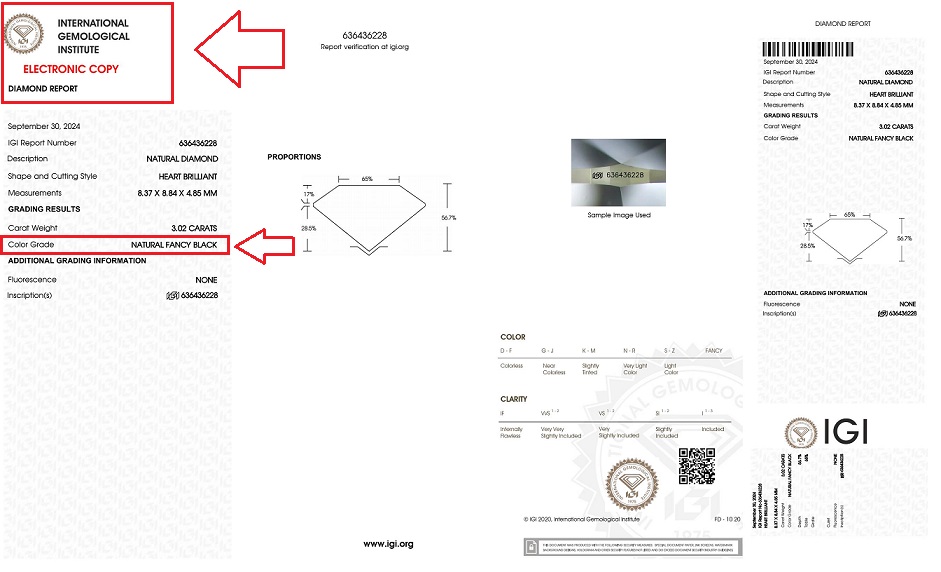
James Allen also allows 360° HD viewing, so you can examine your diamond closely before buying, a big plus when shopping online.
Blue Nile is another trusted name in the jewelry world, known for its high standards and excellent selection of certified diamonds, including natural black diamonds.
👉 Some standout options include:
This 5-Stone Oval Black Diamond Ring in 14K White Gold, perfect for anyone who loves bold, classic designs.
These Black Diamond Stud Earrings (2 ct. tw.) in 14K White Gold, which offer everyday elegance with a modern edge.
Blue Nile also provides detailed grading reports and certification, giving you full confidence in what you’re purchasing.
Both James Allen and Blue Nile ensure that their black diamonds are properly graded and come with trusted certification, usually from GIA.
This means you’ll know exactly what you’re getting, and it protects you from overpaying for a treated or imitation stone.
If you want a genuine black diamond with no guessing games, shopping at a reputable, transparent retailer is the smartest move you can make.
We’ve explored this topic in more depth in a full guide, where we carefully reviewed and compared trusted stores. You can find the article here 👇
Best Places to Buy Diamonds and Engagement Rings in 2025
Clear Review: How to Tell if a Black Diamond Is Real
Here’s a clear and concise comparison table for Real vs Fake Black Diamond:
| Feature | Real Black Diamond | Fake Black Diamond |
|---|---|---|
| Origin | Natural, formed deep within the Earth | Synthetic, treated stones, or imitation materials |
| Surface | Natural inclusions, slight imperfections | Very smooth, often too perfect |
| Weight | Heavier and denser | Lighter in feel |
| Light Reflection | Absorbs light, subtle glossy shine | Reflects more sparkle or rainbow flashes |
| Certification | Can be certified by GIA or other labs | Usually uncertified or misleading certificates |
| Cost | Higher price, reflects rarity and quality | Often much cheaper |
| Durability | Extremely hard and scratch-resistant | Softer, may scratch more easily |
Final Tips: How to Buy a Real Black Diamond Safely
Buying a real black diamond doesn’t have to be scary if you know a few smart steps to follow.
Here’s how to make sure you’re getting the real deal:
- Check Signs (Surface, Shine, Color)
- Try the home tests we reviewed
- Always Ask for Certification
- Buy diamond from Trusted Retailers
- Inspect Before You Buy
- Know the Return Policy
- Don’t rush the Decision, take your time

